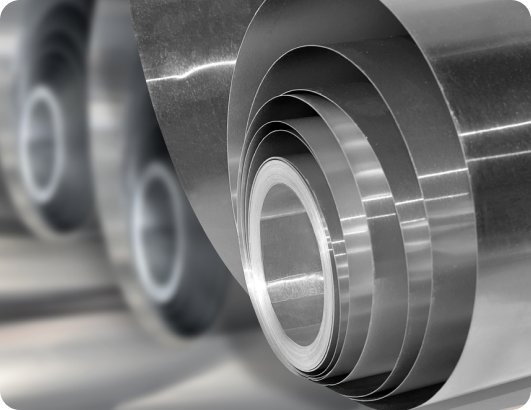Sustainability in Steel Production
Steel production, as one of the most energy-intensive and polluting industrial sectors, faces significant sustainability challenges. However, the steel industry has embarked on major transformations to meet environmental and social requirements while maintaining economic competitiveness. In this article, we will explore the sustainability challenges in steel production and the innovative solutions being implemented to make this sector more environmentally friendly.
Sustainability Challenges in Steel Production
High Energy Consumption: Steel production is a highly energy-intensive process, primarily due to the iron ore smelting methods. Traditional methods, such as the blast furnace, require large amounts of coke and energy to produce steel, resulting in a significant carbon footprint.
Furthermore, laser cutting minimizes material waste, which is a priority in the current era of sustainability. Optimized resource usage reduces losses and lowers overall production costs while providing an unparalleled level of precision, essential in sectors such as automotive, aerospace, and construction.
Greenhouse Gas Emissions: The steel industry is responsible for a significant share of global CO₂ emissions, primarily due to the use of coal in the iron ore reduction process. These emissions contribute to climate change and air quality problems.
Solutions and Innovations for Sustainability
Electrolysis of Steel: The Transition to Green Steel
One of the most promising solutions for reducing the carbon footprint of steel production is the electrolysis of steel, a process that replaces coke with hydrogen for the reduction of iron ore. This technology, called “H2-DRI” (Hydrogen Direct Reduction of Iron Ore), produces steel without emitting CO₂. Although this technology is still under development, it represents a significant advancement for the steel industry in terms of decarbonization.
Circular Economy
The adoption of circular economy models allows the steel industry to reuse resources and reduce waste. For example, steel slag can be used as construction material, reducing the demand for new raw materials and limiting the environmental impact of the industry.

Towards a Greener and More Responsible Steel Industry
Sustainability in steel production is a complex yet essential challenge for the future of the industry. By adopting new technologies, reducing greenhouse gas emissions, improving material recycling, and implementing innovative solutions like hydrogen, the steel industry can play a major role in the fight against climate change. However, the transition to more sustainable production will require substantial investments, collaboration between governments, industries, and researchers, as well as a collective will to adopt environmentally friendly practices.
In conclusion, sustainability in steel production is no longer an option but a necessity. Through continuous innovation and the commitment of industry stakeholders, the steel industry can evolve towards a greener and more responsible future.



